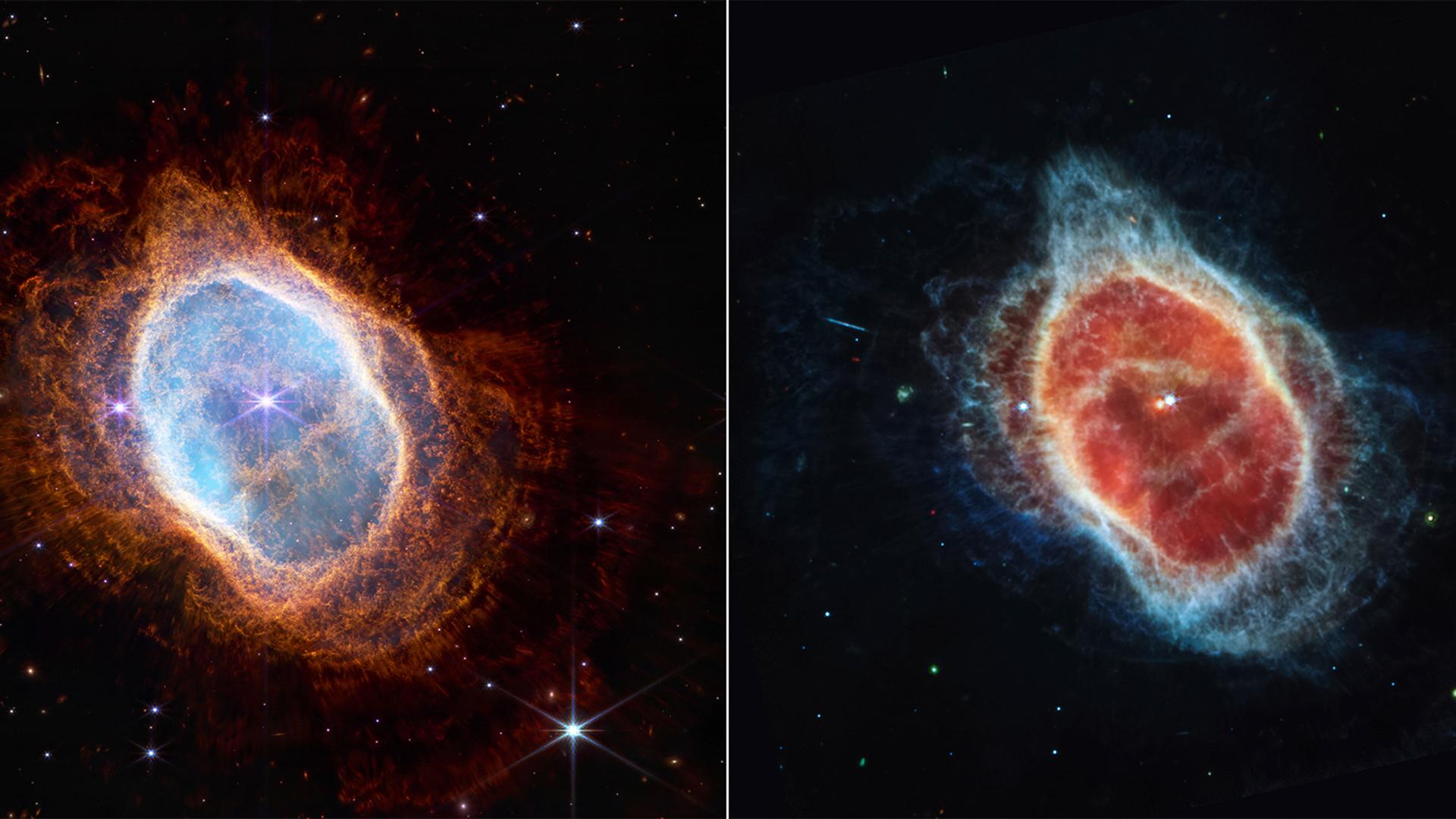New images from NASA telescope give a never-before-seen look into the cosmos
NASA has unveiled a new set of images from the powerful James Webb Space Telescope.
The first image from the $10 billion telescope was released at the White House on Monday — a jumble of distant galaxies that went deeper into the cosmos than humanity has ever seen.

Four additional photos released on Tuesday included more cosmic beauty shots. The images were released at NASA’s Goddard Space Center, complete with cheerleaders using pompoms the color of the telescope’s golden mirrors.

All but one of the images show parts of the universe seen by other telescopes. The Webb telescop’s power, distant location from Earth and use of an infrared light spectrum showed them in new light.
“Every image is a new discovery and each will give humanity a view of the humanity that we’ve never seen before,’’ NASA Administrator Bill Nelson said Tuesday, rhapsodizing over images showing “the formation of stars, devouring black holes.”

“We’ve really changed the understanding of our universe,” said European Space Agency director general Josef Aschbacher.
The European and Canadian space agencies joined NASA in building the powerful telescope.

The telescope took off last December from French Guiana in South America, and reached its lookout point 1 million miles from Earth in January.
Webb is considered the successor to the highly successful, but aging Hubble Space Telescope.
By Associated Press science writer Seth Borenstein.
Click above to listen to a discussion between The World’s host Marco Werman and astronomer and author Dr. David Whitehouse about the images.
The World is an independent newsroom. We’re not funded by billionaires; instead, we rely on readers and listeners like you. As a listener, you’re a crucial part of our team and our global community. Your support is vital to running our nonprofit newsroom, and we can’t do this work without you. Will you support The World with a gift today? Donations made between now and Dec. 31 will be matched 1:1. Thanks for investing in our work!
